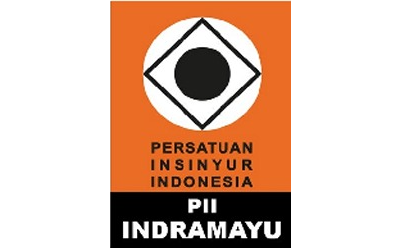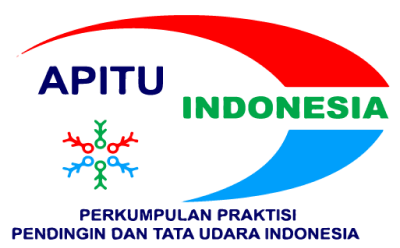DESAIN SISTEM PEMBANGKIT LISTRIK TENAGA SURYA 1 KW MENGGUNAKAN MESIN STIRLING TIPE ALFA
Abstract
Full Text:
PDFReferences
Ahmadi, M. H., Sayyaadi, H., Dehghani, S., & Hosseinzade, H. (2013). Designing a solar powered Stirling heat engine based on multiple criteria: Maximized thermal efficiency and power. Energy Conversion and Management, 75, 282–291. https://doi.org/10.1016/j.enconman.2013.06.025
Balcombe, P., Rigby, D., & Azapagic, A. (2015). Environmental impacts of microgeneration: Integrating solar PV, Stirling engine CHP and battery storage. Applied Energy, 139, 245–259. https://doi.org/10.1016/j.apenergy.2014.11.034
Ferreira, A., Teixeira, S., Teixeira, J., Nunes, M., & Martins, L. (2012). Modeling a Stirling Engine for Cogeneration Applications. ASME International Mechanical Engineering Congress and Exposition, Proceedings (IMECE), 6. https://doi.org/10.1115/IMECE2012-88183
Gholamalizadeh, E., & Chung, J. D. (2017). Design of the Collector of a Solar Dish-Stirling System: A Case Study. IEEE Access, 5, 20754–20762. https://doi.org/10.1109/ACCESS.2017.2758354
Lovegrove, K., Zawadski, A., & Coventy, J. (2007). Paraboloidal Dish Solar Concentrators for Multi-Megawatt Power Generation. ISES Solar World Congress, 1–4.
Monné, C., Bravo, Y., Moreno, F., & Muñoz, M. (2014). Analysis of a solar dish-Stirling system with hybridization and thermal storage. International Journal of Energy and Environmental Engineering, 5(2–3), 1–5. https://doi.org/10.1007/s40095-014-0080-x
Nuwayhid, R. Y., Mrad, F., & Abu-Said, R. (2001). The realization of a simple solar trackingrconcentrator for university research applications. Renewable Energy, 24, 207–222.
Petrescu, S., Costea, M., Harman, C., & Florea, T. (2002). Application of the Direct Method to irreversible Stirling cycles with finite speed. International Journal of Energy Research, 26(7), 589–609. https://doi.org/10.1002/er.806
Uropean Commission. (2017). JRC Photovoltaic Geographical Information System (PVGIS). http://re.jrc.ec.europa.eu/pvg_tools/en/tools.html#TMY
DOI: https://doi.org/10.31884/jtt.v8i2.440
Refbacks
- There are currently no refbacks.
Copyright (c) 2022 JTT (Jurnal Teknologi Terapan)

This work is licensed under a Creative Commons Attribution-NonCommercial-NoDerivatives 4.0 International License.
 Creative Common Attribution-ShareAlike 4.0 International (CC BY-SA 4.0)
Creative Common Attribution-ShareAlike 4.0 International (CC BY-SA 4.0)













